-
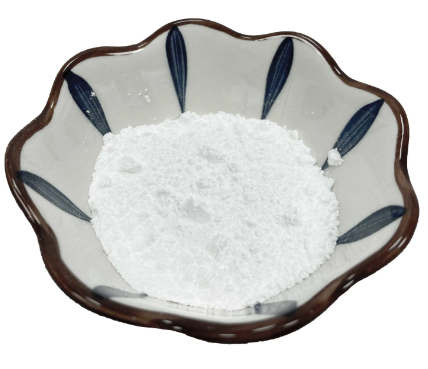
5-Iodo-2′-deoxycytidine CAS:54-42-2 Manufacturer Price
5-Iodo-2′-deoxycytidine is a modified form of the nucleoside deoxycytidine. It contains an iodine atom substituted at the 5th position of the pyrimidine ring. This compound has shown potential utility in cancer research and treatment due to its ability to induce DNA damage and affect cell proliferation. It is often used as a research tool in studies related to nucleoside analogs and their effects on cellular pathways. Additionally, its potential role as a radiosensitizer in cancer therapy is also under investigation.
-
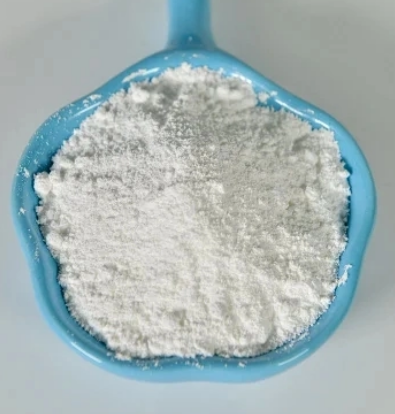
AGOTF CAS:2923-28-6 Manufacturer Price
Silver trifluoromethanesulfonate, also known as silver triflate, is a silver salt of trifluoromethanesulfonic acid. It is a versatile reagent and catalyst in organic synthesis, commonly used in various chemical transformations such as carbon-carbon bond formation, nucleophilic substitution, and rearrangement reactions. Silver trifluoromethanesulfonate is valued for its ability to activate substrates, as well as its compatibility with a wide range of functional groups.
-
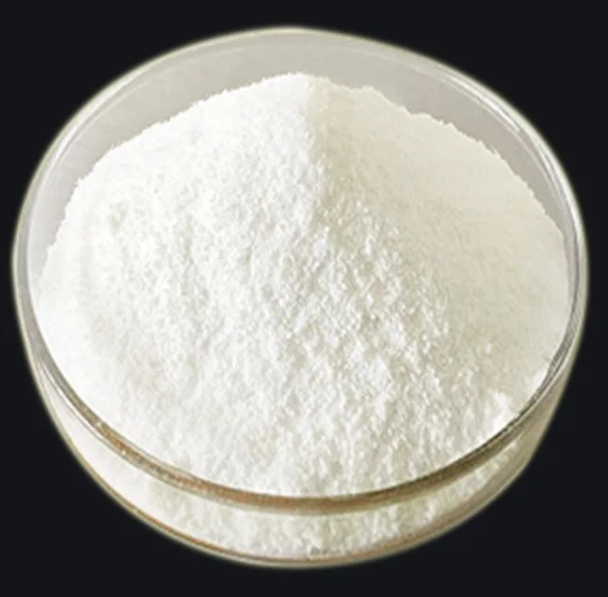
dCMP, 2′-Deoxycytidine 5′-monophosphate, free acid CAS:1032-65-1
2′-Deoxycytidine-5′-monophosphoric acid, also known as dCMP, is a nucleotide monophosphate that plays a crucial role in DNA synthesis and repair. It is a fundamental building block for the construction of DNA molecules and is essential for the transfer of genetic information. dCMP is involved in diverse cellular processes including replication, transcription, and DNA repair. Its structural and functional significance make it a key component in the study of genetics, molecular biology, and pharmaceutical research.
-
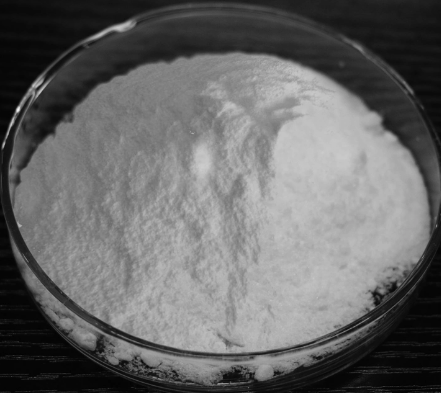
Uridine 5[-monophosphate, disodium salt CAS:3387-36-8
Uridine 5′-monophosphate, disodium salt is a salt form of uridine monophosphate, a nucleotide that plays a crucial role in various biochemical processes, including the synthesis of RNA and the modulation of cellular signaling pathways. It is often used in research and laboratory settings as a precursor for the biosynthesis of other nucleotides and as a component in cell culture media. Furthermore, uridine 5′-monophosphate, disodium salt may have potential therapeutic applications in conditions related to nucleotide deficiencies or dysregulation.
-

5-Methyluridine CAS:1463-10-1 Manufacturer Price
5-Methyluridine is a modified nucleoside that contains the base uracil and a methyl group. It is involved in RNA metabolism and plays a role in the biosynthesis of coenzyme Q10. Research also suggests its potential therapeutic applications in cancer treatment and as a biochemical marker for some metabolic disorders.
-

Ammonium tetrachloroaurate (III) hydrate CAS:13874-04-9
Ammonium tetrachloroaurate, also known as gold ammonium chloride, is a compound used in various applications in chemistry and materials science. It is commonly utilized as a precursor for the synthesis of gold nanoparticles, which have applications in fields such as nanotechnology, biomedical research, and catalysis. Additionally, it is employed in the preparation of solutions for gold plating, a process used to coat objects with a thin layer of gold for decorative or functional purposes. Ammonium tetrachloroaurate also finds use in chemical analysis, particularly in the detection and quantification of certain compounds.
-
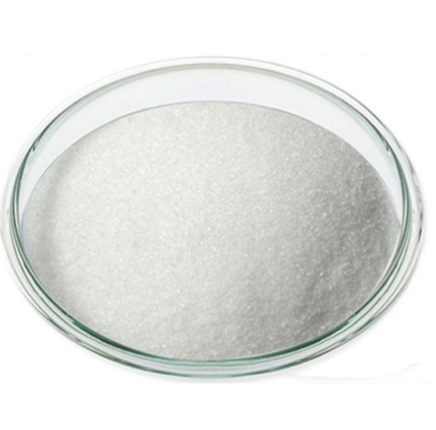
dGMP, 2′-Deoxyguanosine-5′-monophosphate disodium salt CAS:33430-61-4
2′-Deoxyguanosine-5′-monophosphate disodium salt is a chemical compound that is often used in biochemical research and molecular biology. It is a salt form of the monophosphate derivative of the nucleoside 2′-deoxyguanosine, which is an essential component of DNA. This compound is utilized in various laboratory procedures such as DNA sequencing, enzyme studies, and as a substrate in enzymatic reactions.
-
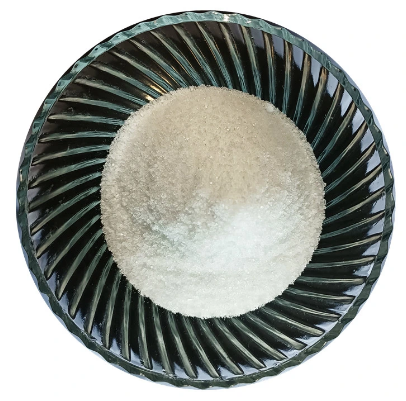
2-|cis|,4-|trans|-Abscisic acid CAS:14375-45-2
Abscisic acid (ABA) is a plant hormone that plays key roles in several physiological processes, including seed dormancy, germination, and response to environmental stressors such as drought and high salinity. It helps regulate plant growth and development by controlling stomatal closure, seed development, and responses to environmental changes. ABA is also involved in signaling pathways that influence plant responses to abiotic stresses and is an essential component in plant stress tolerance mechanisms.
-
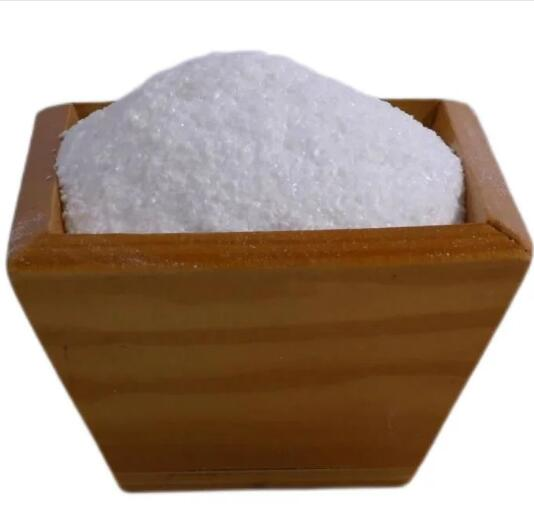
5′-O-Tritylthymidine CAS:7791-71-1 Manufacturer Price
5′-O-Tritylthymidine is a derivative of thymidine, which is a nucleoside composed of the pyrimidine base thymine linked to a deoxyribose sugar. The trityl group is a protecting group commonly used in organic synthesis to temporarily mask a reactive functional group. In the case of 5′-O-Tritylthymidine, the trityl group is attached to the 5′ hydroxyl group of the deoxyribose sugar of thymidine. This modification is often employed in the synthesis and modification of nucleic acids, particularly in the context of solid-phase DNA synthesis. The trityl group serves to protect the 5′ hydroxyl group during chemical reactions and can be selectively removed under mild conditions to generate the free hydroxyl group for subsequent manipulations. This compound finds applications in the field of nucleic acid chemistry and oligonucleotide synthesis.
-
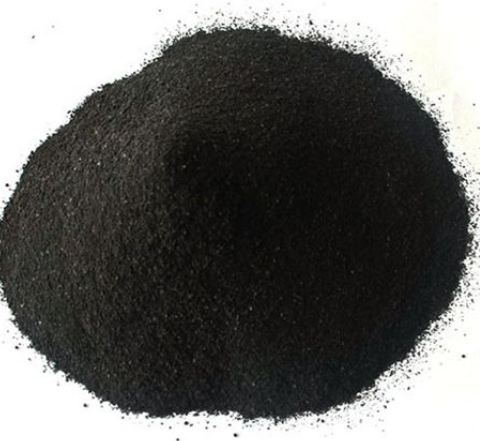
Chloroiridic acid CAS:110802-84-1 Manufacturer Price
Chloroiridic acid, also known as iridium tetrachloride, is a chemical compound with the formula H2IrCl6. It is a dark red, hygroscopic solid that is soluble in water. This compound is a common precursor for various iridium complexes used in catalysis and materials science. It is often employed in the synthesis of organoiridium compounds and inorganic iridium materials. Chloroiridic acid possesses interesting chemical and physical properties that make it useful in a variety of applications, particularly in the field of homogeneous catalysis and materials chemistry.
-

dUMP, 2′-Deoxyuridine-5′-monophosphate, disodium salt CAS:42155-08-8
2′-Deoxyuridine-5′-monophosphate (dUMP) is a nucleotide derivative involved in DNA synthesis and repair. It serves as a precursor for dTTP (deoxythymidine triphosphate), which is a necessary building block for DNA replication. dUMP is also a key component in the process of thymidylate biosynthesis, where it is converted into dTMP (deoxythymidine monophosphate) by the enzyme thymidylate synthase. This conversion is essential for maintaining proper nucleotide balance and DNA integrity within cells.
-
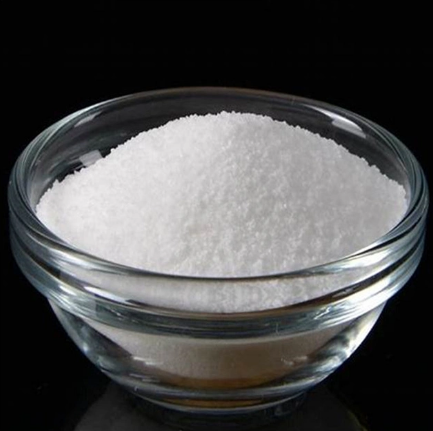
2′-Deoxyguanosine CAS:961-07-9 Manufacturer Price
2′-Deoxyguanosine is a nucleoside, which serves as a component for the building of DNA. It is important for DNA synthesis and repair, as it is a precursor to the nucleotides that make up DNA. Additionally, 2′-deoxyguanosine has been studied for its potential in antiviral therapy and as a research tool in molecular biology and biochemistry.

